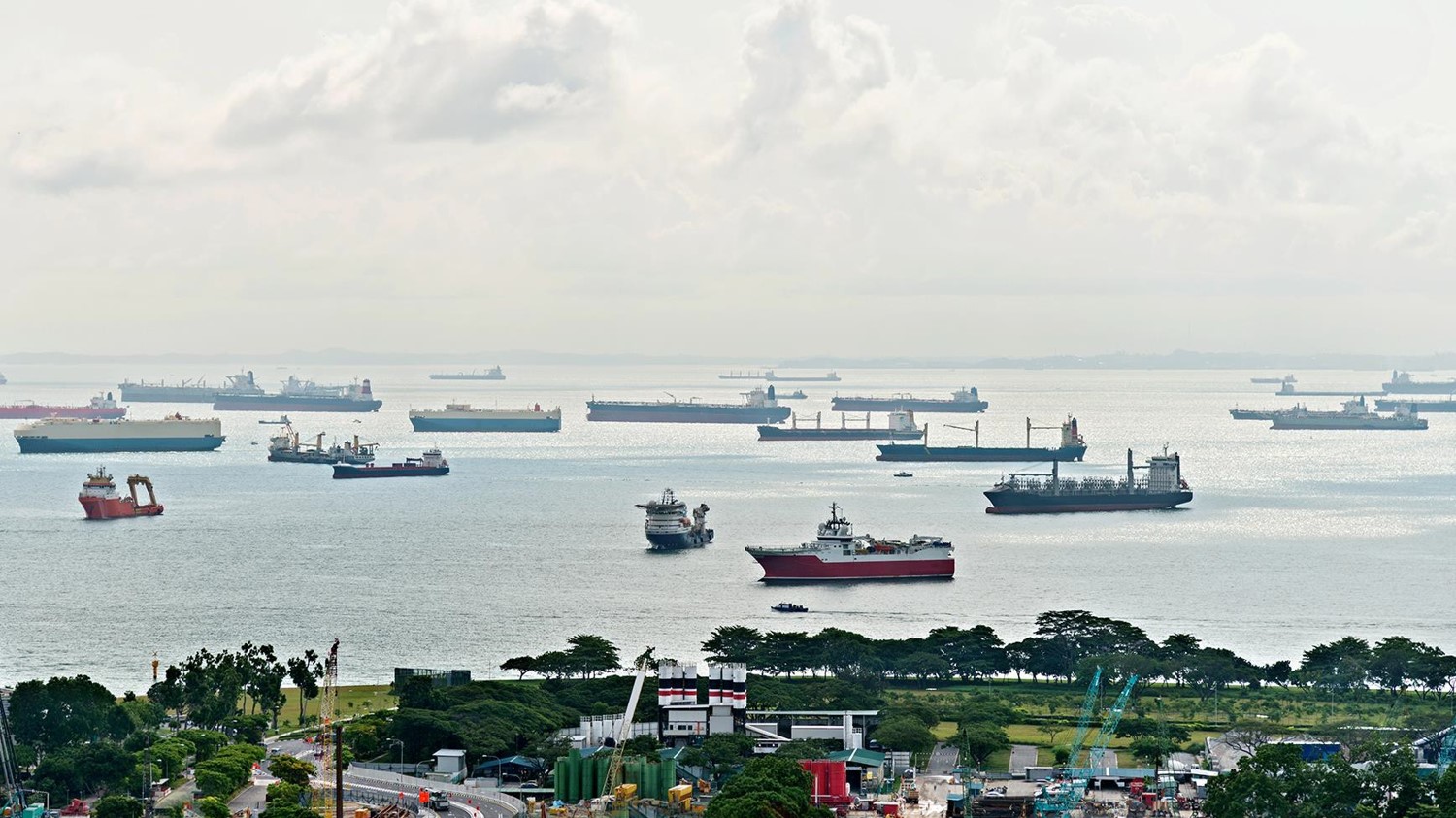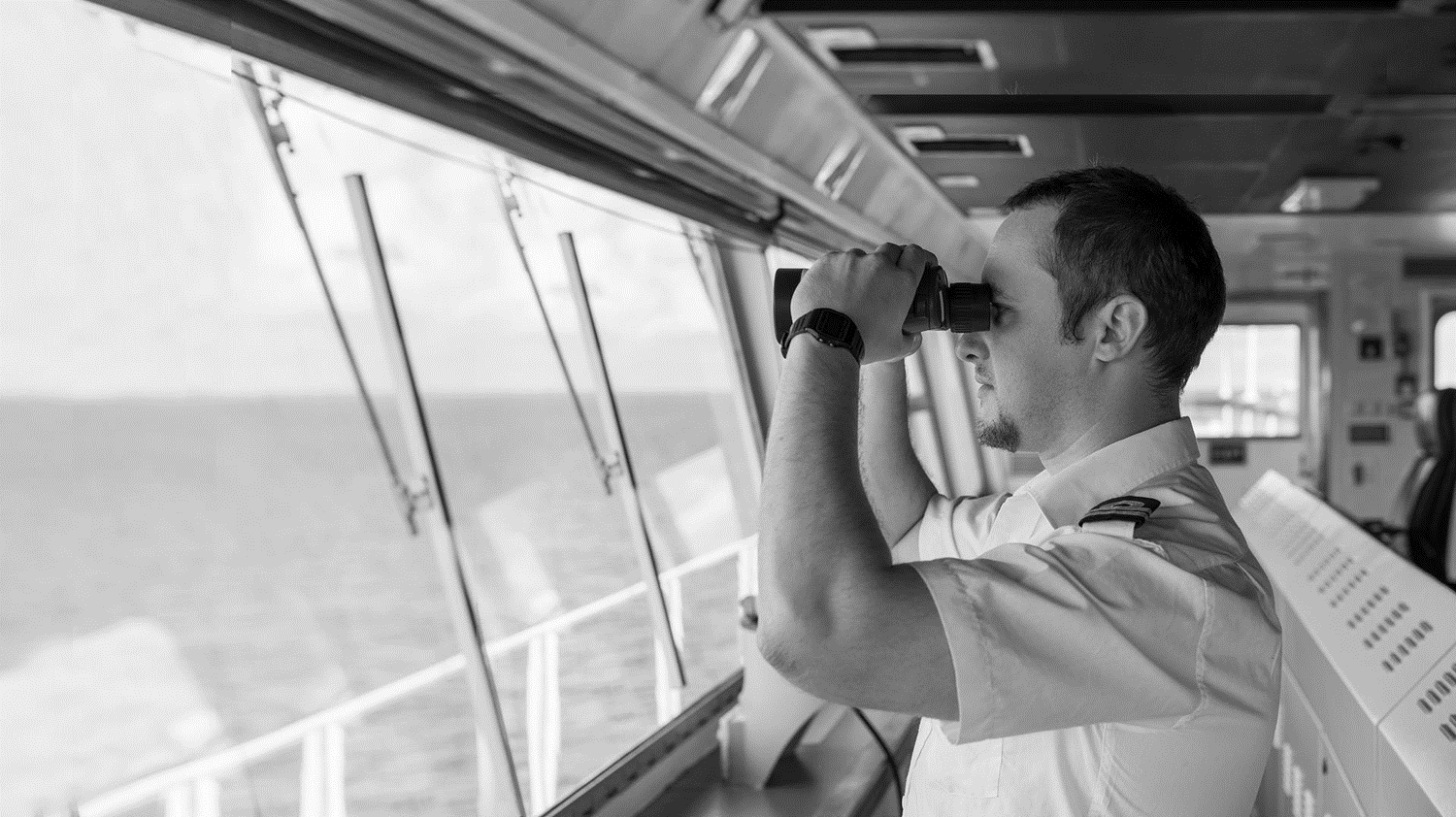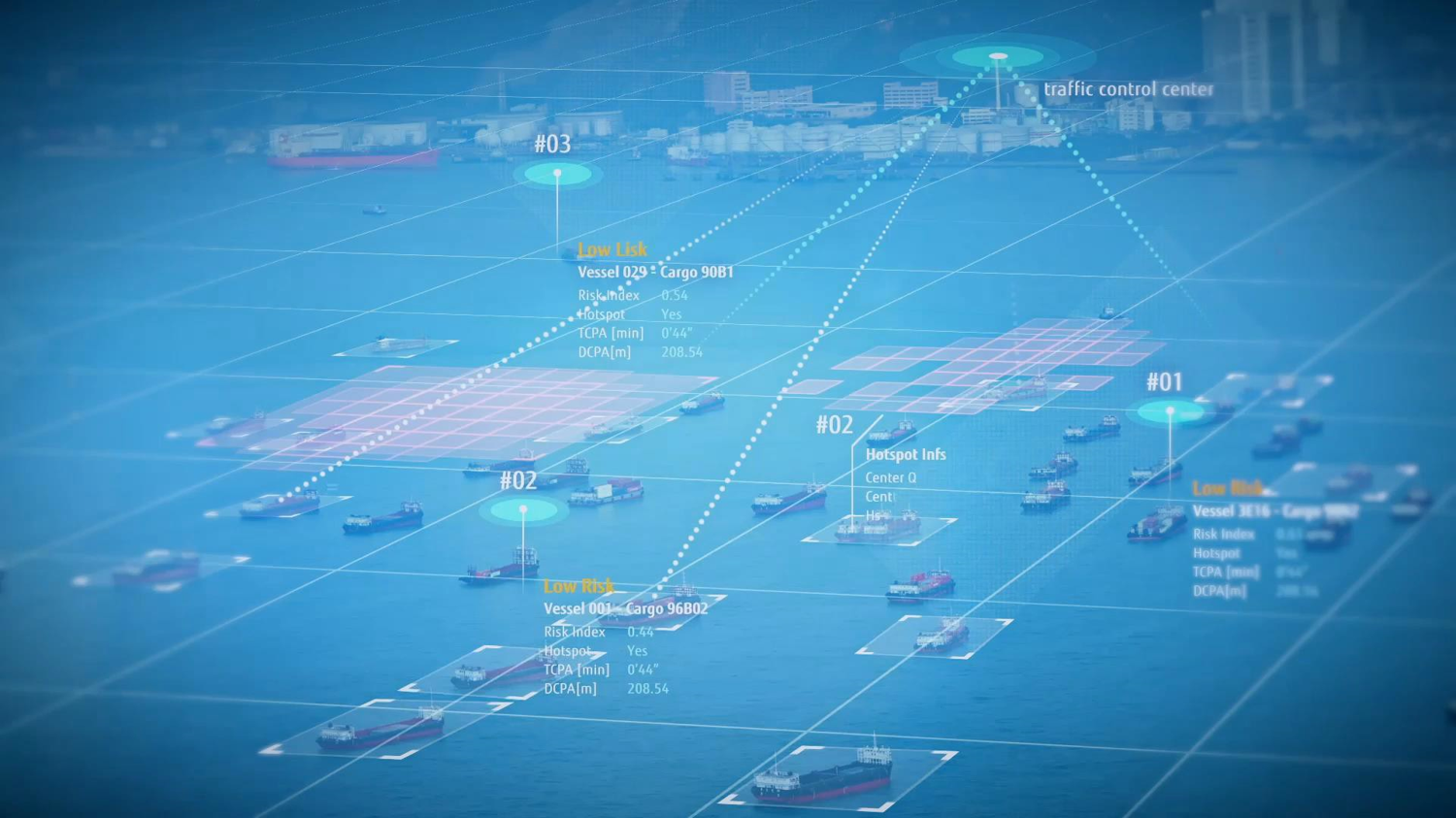
International ports are getting busier, vessels are getting more complex to operate, and the risk associated with collisions is only getting worse.
And, when ships collide, there are many factors beyond the damage done to the ship itself. There are injuries, cargo losses, oil and chemical spills, and other environmental damage to consider.
A collision in the Mediterranean in 2018 spilled oil into the ocean, causing an oil slick four kilometers long and several hundred meters wide. It required intervention by the French and Italian navies to clean up the pollution.
Another incident is when a tanker and a tug pushing two barges collided on the Houston Ship Channel in the United States in May 2019, it caused a massive chemical spill that partially closed the busy channel. The chemical was both flammable and toxic to human touch and smell, making it an environmental emergency.
In 2018 alone, 116,000 tonnes of oil were spilled as a result of tanker incidents, including a tragic collision that occurred in the East China Sea.
After an Iranian tanker collided with a Chinese freighter, the tanker caught fire, burned for more than a week and then sank, leaving its 32 crew members dead. The chemical spilled was condensate, which is a liquid by-product of natural gas and some kinds of oil production.
Notoriously difficult to clean up, the best-case scenario with a condensate spill is that the fuel comes to the surface forming a massive slick, which then evaporates into the atmosphere; certainly not a desirable outcome.
The Japan Transport Safety Board reported 2,823 collisions occurring between 2008 and 2018; an average of 282 per year. This number is unacceptable and their potential impact on the environment and on the people involved in operating the ships cannot be ignored.
Environmentally responsible companies are more successful
A strong focus on social and environmental responsibility is crucial for companies operating today. With many customers preferring to do business with organizations that can demonstrate sustainability, it’s no longer possible for businesses to ignore these opportunities and expect to compete on a level playing field.
For this reason, many organizations are subscribing to the United Nations Sustainable Development Goals (SDGs), which is a set of ideals aimed at achieving a better and more sustainable future for all.
These goals cover a broad base with environmental sustainability at the heart of most of them, alongside social justice and equal opportunities for everyone.
One of the myriad ways that shipping companies and port authorities can contribute to the SDGs, the environment, and to their own competitiveness, is to improve traffic flow and navigation in busy waters.
Addressing the risk of collision with artificial intelligence
Most vessels currently rely on human lookouts to reduce the risk of collision. This creates unlimited opportunities for error and often means that ships’ pilots, surveillance personnel and captains don’t have adequate warning to avoid collisions.

Fujitsu has developed an artificial intelligence (AI) solution that identifies the risk of vessel collisions, then delivers warnings up to 15 minutes in advance, giving ship personnel ample opportunity to take evasive action. It was successfully tested in the Port of Singapore, one of the world’s busiest ports.

To find out more about how the Fujitsu AI Zinrai solution can help shipping businesses become more socially responsible and sustainable by reducing the risk of collisions, click here.
Watch more on this story in our video, below:










